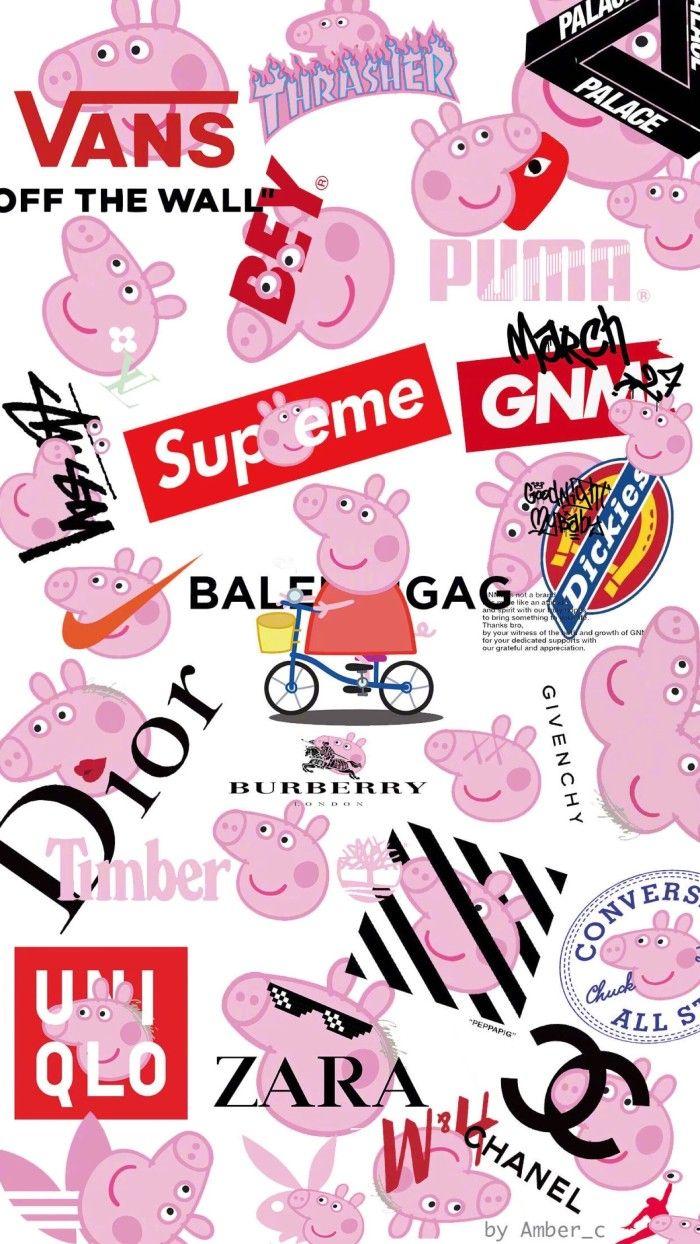
The thicker the vinyl coating layer is, the more durable the wallpaper will be. It is the most commonly used type of wallpaper, currently, because of its high durability. This type of wallpaper is composed of printed paper coated with layered vinyl. Also, the printing ink is water-based, so it’d better not be used in kitchens and bathrooms. The digitally-printed wallpaper is normally cheaper than the hand-printed, and it can be mass-produced, but it could be torn easily. This type is commonly used and available in a wide variety of colors and patterns. Moreover, it is easy to apply and remove. It can be used alone, and maybe even painted. It is effective for hiding wall defects and minimizing repairs, and it can be a base for more delicate wallpaper types.



Now, we will review all the reasons why choosing wallpaper as a finishing surface for your walls at home is a good idea, and why it may not be. American wallpaper is 27 inches (69 cm) in width and 27 feet (8.2 m) in length, while European wallpaper 21.5 inches wide and 33 feet (10 m) in length. Also, the wallpaper techniques have evolved from woodblock printing and stenciling to digital printing. Manufacturers have recently been recreating wallpaper with some advantageous characteristics like blocking WiFi waves, protecting walls from falling during earthquakes, or for lighting purposes by incorporating LEDs. Wallpaper may not be what is trending now, but it is still a wall-finishing option worth considering – it can really add to the aesthetics of rooms with low space. By the arrival of the 20 th century, patterned wallpaper had become an essential wall finishing material for homes however, halfway through the century, it had lost its popularity to plain painting.


 0 kommentar(er)
0 kommentar(er)
